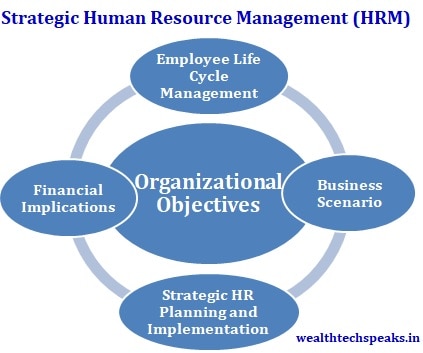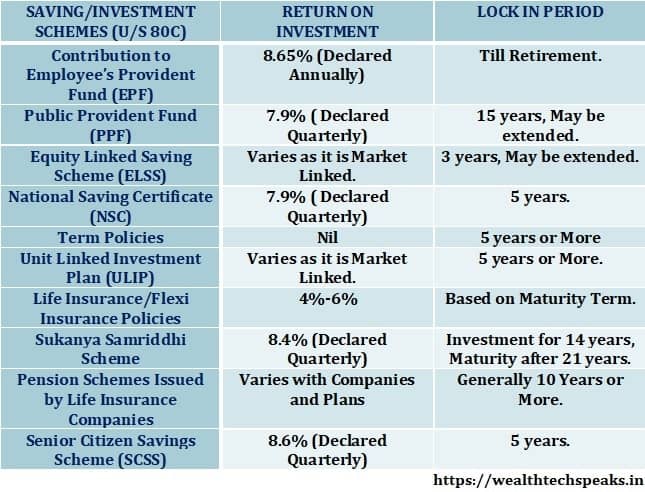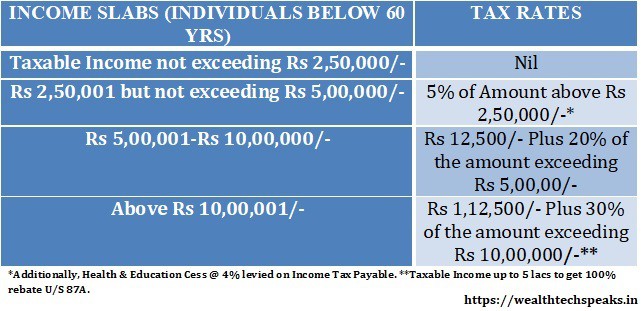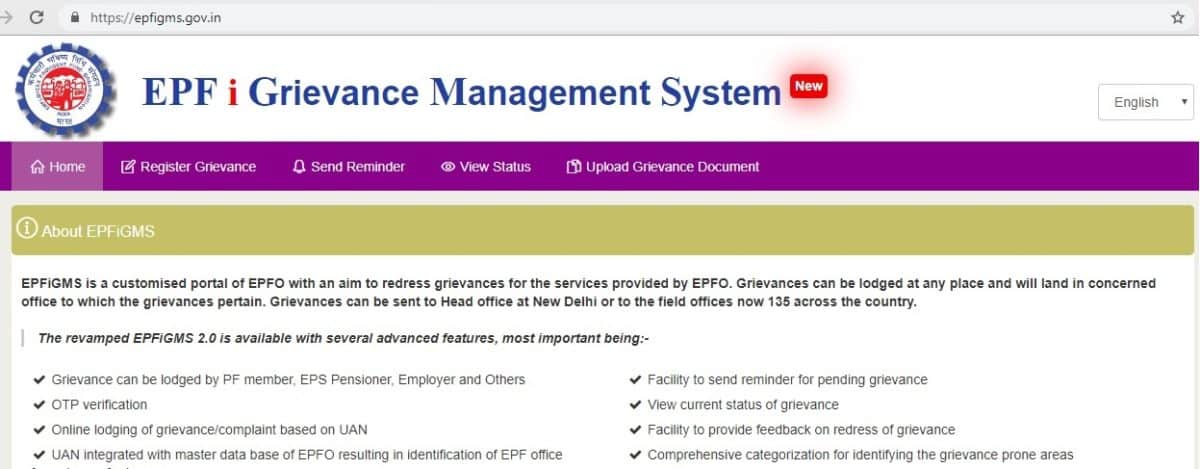
Unified Pension Scheme (UPS): Pension Reforms for Government Employees’
- Posted By Amritesh
- On August 26th, 2024
- Comments: no responses
On August 24, 2024, the Union Cabinet, under the leadership of Prime Minister Shri Narendra Modi, approved the Unified Pension Scheme (UPS), representing a major advancement in retirement security for government employees. The UPS will replace the National Pension Scheme (NPS), offering a more stable and predictable pension benefit compared to the variable returns of the NPS. Unlike the Old Pension Scheme (OPS), which was based on final salary, the UPS combines elements of stability and sustainability to address the limitations of both previous systems, as per the Government.
The Unified Pension Scheme (UPS) is expected to benefit approximately 23 lakh central government employees currently under the NPS. Starting April 1, 2025, employees will have the option to choose between the NPS and the UPS. Under the UPS, employees will contribute 10% of their salary, while the government will increase its contribution to 18.5%. This approach ensures a more consistent flow of funds into the pension system, providing enhanced retirement benefits. The implementation of the Unified Pension Scheme (UPS) also raises hopes for improvements in pension schemes for private sector employees under the Employees’ Pension Scheme (EPS), who currently receive modest pensions compared to government employees.
Key Features of the Unified Pension Scheme (UPS)
1. Assured Pension
– The UPS guarantees a pension amounting to 50% of the average basic pay drawn during the last 12 months before retirement.
– This benefit is available to employees with a minimum qualifying service of 25 years. For those with shorter service periods (down to a minimum of 10 years), the pension will be proportionately adjusted.
2. Assured Family Pension
– In the unfortunate event of the pensioner’s demise, the family is assured a pension equivalent to 60% of what the employee was receiving.
3. Assured Minimum Pension
– The scheme ensures a minimum pension of ₹10,000 per month for employees who retire after completing at least 10 years of service.
4. Inflation Indexation
– Pensions under the UPS will be indexed to inflation, safeguarding the real value of the benefits against rising living costs. This applies to the assured pension, family pension, and the assured minimum pension.
5. Dearness Relief (DR)
– Beneficiaries will receive dearness relief (DR) adjustments based on the All India Consumer Price Index for Industrial Workers (AICPI-IW), similar to current service employees. This ensures that the pension keeps pace with inflation.
6. Lump Sum Payment at Superannuation
– Upon retirement, in addition to gratuity, employees will receive a lump sum amounting to 1/10th of their monthly emoluments (basic pay + DA) for every completed six months of service. Importantly, this payment does not reduce the quantum of the assured pension.
What Does This Mean for Government Employees?
The UPS marks a pivotal shift from the previous pension structures by consolidating benefits and providing clearer, more predictable post-retirement financial support. The assurance of inflation-protected income and a family pension in the event of death adds significant security for retirees and their dependents.
The minimum pension provision of ₹10,000 per month sets a safety net, ensuring that even employees with shorter service periods are not left without adequate financial resources in their retirement. The lump sum payment at superannuation further enhances the financial flexibility of retirees, allowing them to address immediate needs or invest for the future without compromising their regular pension income.
How is Unified Pension Scheme (UPS) differs from Old Pension Scheme (OPS) & National Pension Scheme (NPS)?
Old Pension Scheme (OPS): Defined Benefit Plan
– Features: Provides a guaranteed pension based on a percentage of the last drawn salary and years of service.
– Pension Calculation: Fixed formula based on salary and service.
– Portability: Limited; typically transferable between different government departments.
– Funding: Funded entirely by government contributions; no employee contribution.
– Risks: Government bears all investment risks and pension liabilities.
National Pension System (NPS): Defined Contribution Plan
– Features: Contributions are made by both employees and the government into an individual pension account.
– Pension Calculation: Based on accumulated corpus and investment returns. Pension amount varies depending on the investment performance and contributions.
– Portability: Highly portable; employees can transfer their accounts between jobs and locations.
– Funding: Contributions from both employee and government; investments managed by pension fund managers.
– Risks: Investment risks borne by the employee. Returns depend on the performance of the chosen investment options.
Unified Pension Scheme (UPS): Blend of OPS & NPS
– Features: Aims to standardize and streamline pension benefits across government sectors, potentially incorporating aspects of the NPS.
– Pension Calculation: Based on contributions and investment returns, similar to NPS but with added uniformity and portability within the government sector.
– Portability: Highly portable within government departments, enhancing flexibility for employees.
– Funding: Contributions from both employee and government; investments managed under a unified system.
– Risks: Investment risks borne by the employee, with the government contributing to mitigate risks and ensure stability.
In a Nutshell: Transforming to Unified Pension Scheme (UPS)
-Old Pension Scheme (OPS): Guarantees a fixed pension amount based on salary and service, funded by the government, with limited portability and no employee contribution.
– National Pension Scheme (NPS): Offers a pension based on contributions and investment performance, highly portable, with risks shared between employees and the system.
– Unified Pension Scheme (UPS): A modernized version of NPS for government employees, emphasizing standardization, portability within the public sector, and a unified approach to contributions and benefits.
Implications for the Future: Introduction of Unified Pension Scheme (UPS)
The introduction of the UPS is part of a broader strategy by the government to ensure the financial well-being of its employees after retirement. As the workforce ages and the cost of living continues to rise, such measures are crucial in maintaining the standard of living for retired personnel. The UPS also reflects a commitment to modernizing pension systems, making them more sustainable and responsive to the needs of today’s employees. This approval is expected to have a far-reaching impact, potentially influencing pension reforms in other sectors as well. It signals a forward-looking approach, recognizing the changing economic landscape and the importance of financial security in retirement.
The Unified Pension Scheme is a landmark initiative that promises to bring about a much-needed overhaul in the pension system for government employees. By addressing key concerns such as inflation protection, assured minimum benefits, and financial security for families, the UPS sets a new standard in retirement planning. As the scheme is implemented, it is expected to provide a robust safety net, ensuring that government employees can look forward to their retirement years with confidence and peace of mind.
Individuals looking to invest in Mutual Funds may connect at admin@wealthtechspeaks.in for investment related guidance.
Do subscribe to our WealthTech Speaks YouTube Channel & also our Blog as it keeps us motivated to post new content. In case you are interested in investing in Stocks, get your free Demat today (Click Here).
WealthTech Speaks or any of its authors are not responsible for any errors or omissions, accuracy, completeness, timeliness or for the results obtained from the use of this information. This article is for informational and promotion purpose only. Readers are advised to research further to have detailed knowledge on the topic. It is very important to do your own analysis and consult your Financial Advisor before arriving at any conclusion.







